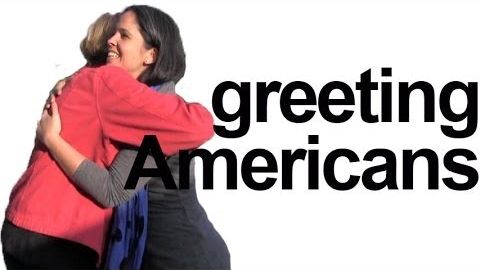美式打招呼方式,讓你更生活化 (How to say HELLO! Greet Americans! English Pronunciation)
DylanLiou 發佈於 2014 年 08 月 18 日  沒有此條件下的單字
沒有此條件下的單字- v.t./i.去;去做(運動);走;去;嘗試;開始
- n. (c.)(遊戲中的)一輪
- v.t.用重音讀;(施加)壓力;強調,著重指出
- n. (c./u.)重音;壓力;壓力
- v.i.(感到)壓力;緊張
- adj.正確的、確信的、正當的;好;好的;優質的;正向的、快樂的、歡樂的;令人愉快的
- n. (u.)好處
